Travel Photography As Art: Tips for Taking Great Shots by Guest Poster Julie H. Ferguson
This post may contain affiliate links to products or services I'm happy to recommend. If you click on an affiliate link and then make a purchase, Artsy Traveler may earn a small commission at no cost to you. Thank you!
For most travelers, taking photgraphs is an integral part of exploring new destinations. Some people snap quick photos with their SmartPhones while others travel with several cameras and apply their training and a good eye to taking memorable, even exhibition-worthy photographs. Guest poster Julie H. Ferguson falls into the latter category.
Julie describes how she discovered her love of photography and shares her travel photography tips to help the Artsy Traveler take great pictures.
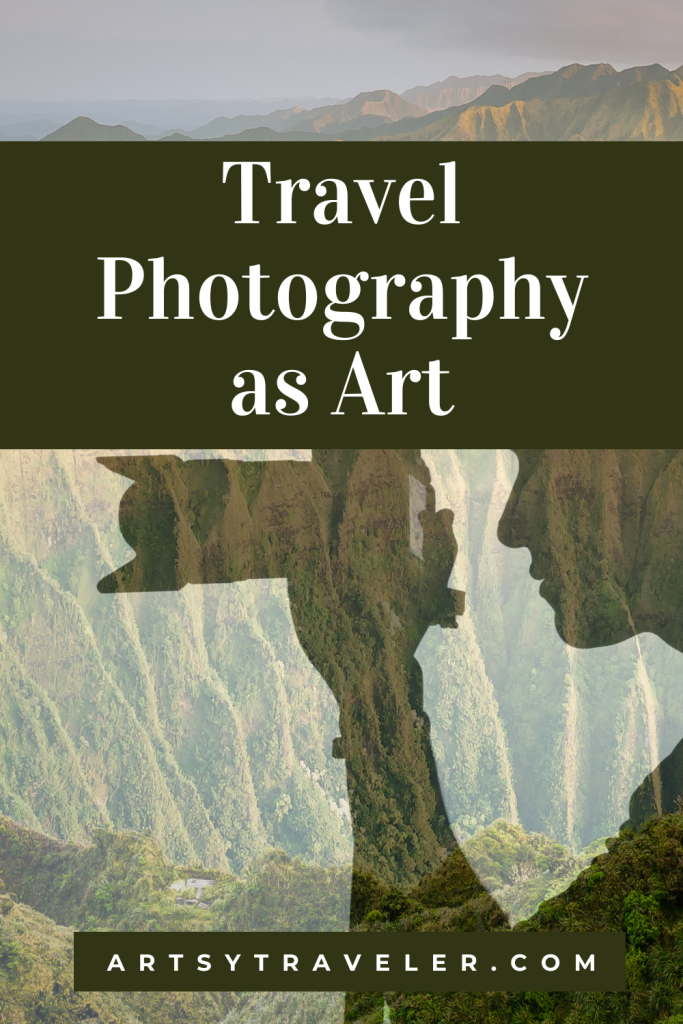
The cover photo for this post, previously exhibited, shows an iceberg in Baffin Bay, where Julie sailed on an expedition ship in the summer of 2022.
How I Got Started with Travel Photography
I believe photography is an art form, while travel is an addiction. Together, they make a magical combination.
My father was an accomplished painter in oils and watercolors who took me to all the great museums and galleries in the UK and some in Europe. A serious amateur, he was good enough to exhibit in the Royal Academy. He also tried hard to get me drawing and painting from an early age. However, I didn’t have his talent and got frustrated when I couldn’t reproduce what I was seeing. And then, when I was ten, Dad had a brainwave and bought me a Kodak Brownie camera. Finally, I found a way to reproduce what I was seeing! Since then, I always have a camera in my hand.
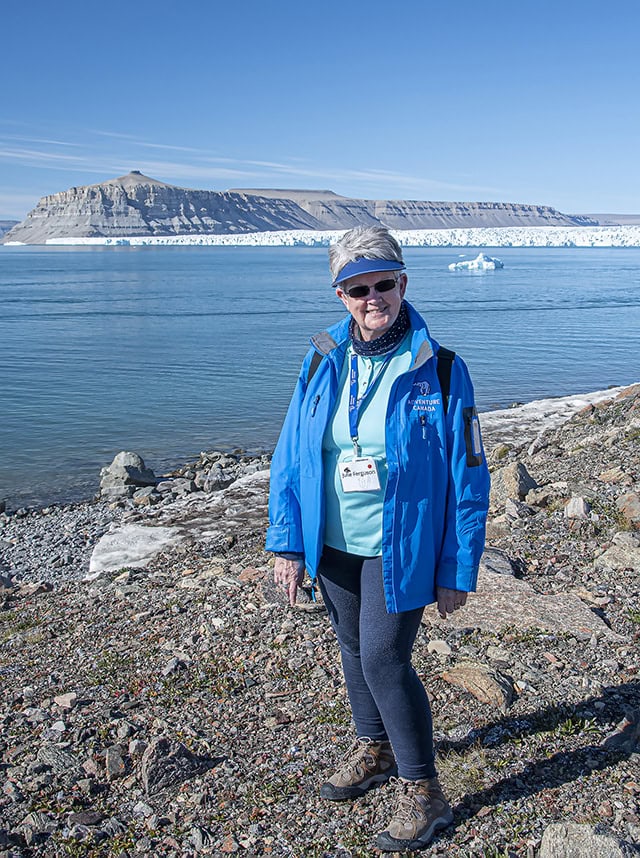
My Photography Passion Expands
For years, I employed what my father taught me about composition, color, and light, especially after I acquired my first single lens reflex camera. I bought my first digital camera in 1999 and was hooked. I joined a camera club in 2005, practised a lot, and learned how to edit my images on a computer.
Now, I own four cameras — two Nikons and lenses, one small but mighty Lumix that fits in my pocket when I’m doing active things like riding camels, and an old GoPro. I have about 50,000 images in the Cloud and have not stopped practising.

Exhibiting My Travel Photography
Our visual, connected world has seen an explosion in photography recently but, oddly enough, not much of an increase in photography exhibitions. Go to any small or large gallery, and you will rarely see photographs on display. I try to find photography exhibitions wherever I am in the world and am not always successful, but at least I can enjoy the world’s best travel photographers’ work online. Here are two of my favorite websites:
The excellent art gallery near where I live in Penticton, BC, asked my camera club, the Penticton Photography Club, to mount a small exhibition in collaboration with fibre artists in 2021. This was the first photography exhibit the gallery had mounted in its ninety-nine-year existence. I sold my first image at this exhibition — a thrilling moment for me after over twelve years of exhibiting. It was validating, and I felt I had honored my father’s long ago training sessions.
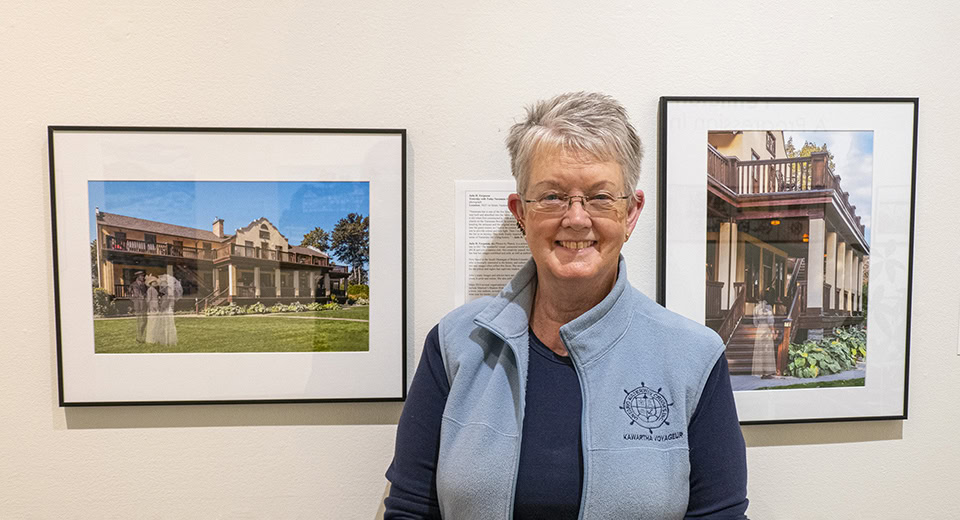
What Kind of Camera Should You Use?
The best camera you have is the one in your hand is an old saying but it’s spot on! Today, the newer phone cameras are exceptional, and I use mine when I’m stuck without one of my cameras. It takes very sharp images with true colors, and manages low light quite well. The video is good too, although I prefer taking stills because I enjoy the challenge.
My Travel Photography Tips
Do you, like me, view photography as more than a snapshot? Perhaps even art? If so, here are some simple travel photography tips to up your game for taking great travel shots.
Travel Photography Tip 1: Keep it straight
Here’s how to avoid shooting wonky horizons and leaning buildings
- Line up the horizon to be parallel with the top or bottom of the screen; line up the side of buildings with the side of the screen.
- Don’t tip your camera up or down—keep it parallel to the ground.
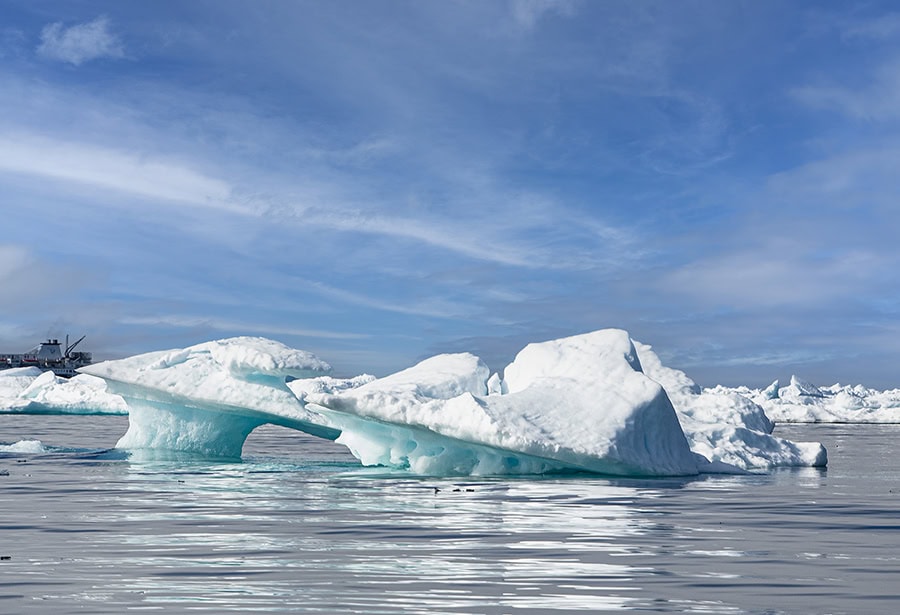
Travel Photography Tip 2: Avoid fuzzy images
Fuzzy images are generally caused by camera shake or poor focussing. Here’s how to fix:
- Camera shake (everything is fuzzy): Never hold your camera or phone at arm’s length as it bounces when you click the shutter down. Wedge it against something or fix your elbows on a wall, your chest, or your knees before pressing the shutter.
- Out of focus (the subject is fuzzy): Press the shutter halfway down and wait for the camera to focus on the subject. If using a phone, tap the screen over the subject. When shooting people or animals focus on the eye closest to you.
Travel Photography Tip 3: Find great light
Don’t shoot into the sun. The best light is during the golden hour after sunrise and before sunset.
Travel Photography Tip 4: Take great people shots
- Light people effectively: Take portraits in the shade or on an overcast day to avoid ugly shadows on faces and squinty eyes in bright sunlight. Dark or silhouetted portraits are caused by bright light behind them from skies, sun, sea, or snow.

- Put your focus point on the subject by holding down the shutter halfway while the camera focuses. If your camera has an interactive screen, tap over the subject, or tap the subject on your phone’s screen.
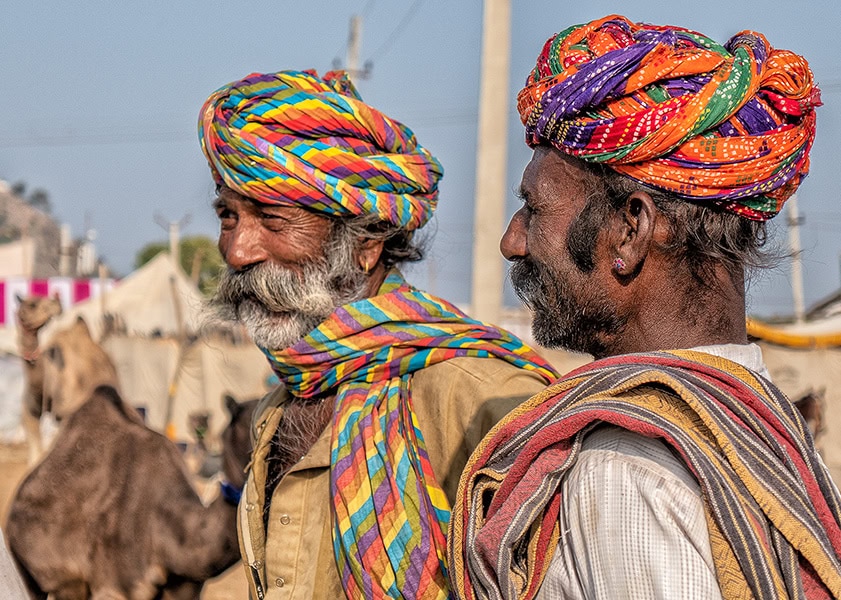
- If you’re shooting inside and using flash, move your subjects away from the walls by at least a metre to avoid unsightly shadows behind them.
Travel Photography Tip 5: Apply effective composition principles
Avoid placing your subject (focus point) in the middle of the frame. Use the “Rule of Thirds” and put your subject in the area of one of the red dots in the diagram — it’s more pleasing to the eye.

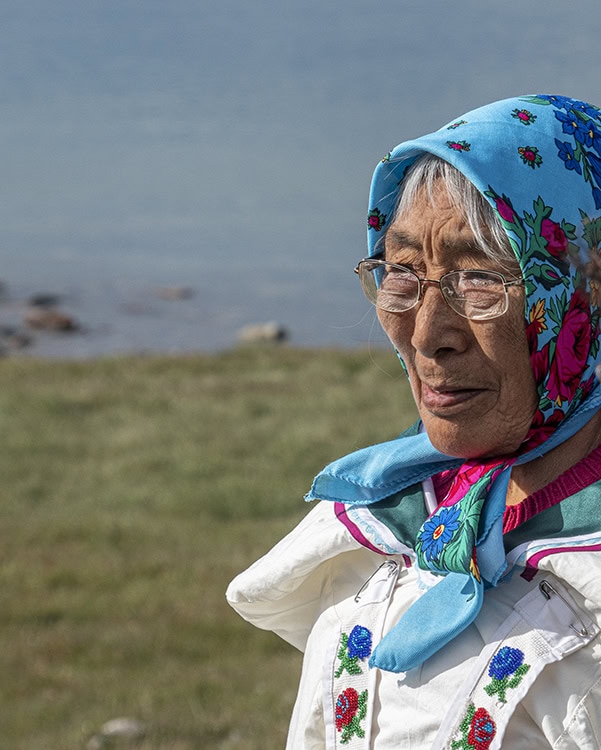
Travel Photograph Tip 6: Avoid shooting where you are standing
Walk around your subject if possible; move right and left, forward and back, and up and down to find the best angle for your shot.
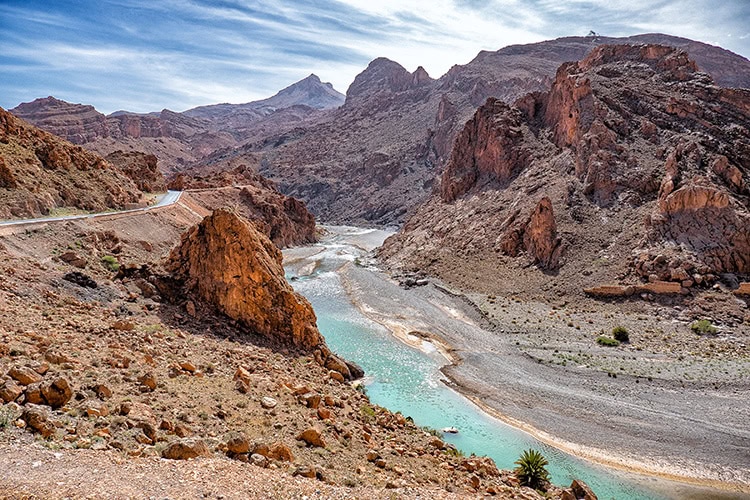
Travel Photography Tip 7: Practise often!
It’s digital, so you can take as many photos as you like, and your “eye” will begin to improve, and the above tips will become more automatic.
Avoid taking a new camera on vacation without taking 2001+ photographs before you go!
Editing Your Photographs
I always endeavour to get the picture I want right in the camera, but I do appreciate the creativity that the digital darkroom affords. In fact, I love the editing as much as taking the photographs. This is where the magic happens for me.
Once you start getting comfortable with your camera, you might want to take the next step and get an editing app for your phone or computer. There’s plenty of suggestions online or from camera club members to get you started . For example, my favourites are Adobe Photoshop and the Nik Collection, the first of which has a steep learning curve (check out this guide to learning Photoshop). Other apps are effective and easy to use.
Conclusion
Upping your photography game when travelling takes some practice and thought. It’s well worth the effort both for personal satisfaction and as a means of preserving your memories.
Safe travels!
© Photos by Pharos (Julie H. Ferguson) 2022
Read about Julie H. Ferguson on the Artsy Traveler Guest Posters page.
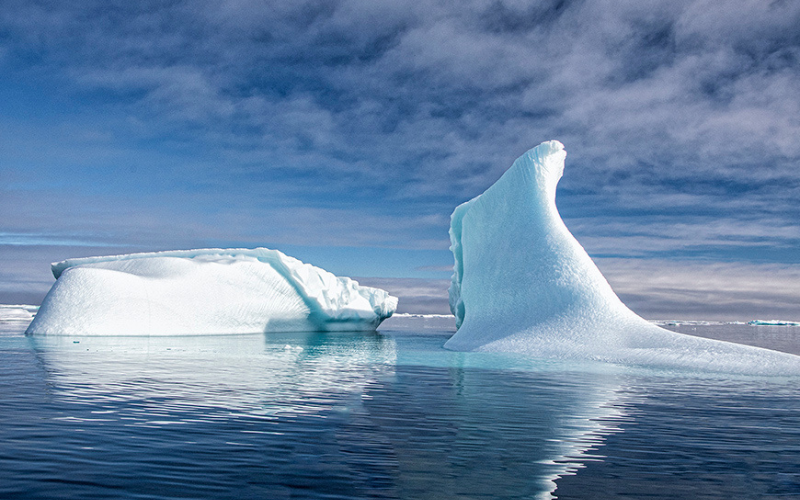
Thanks Julie! I learned lots.